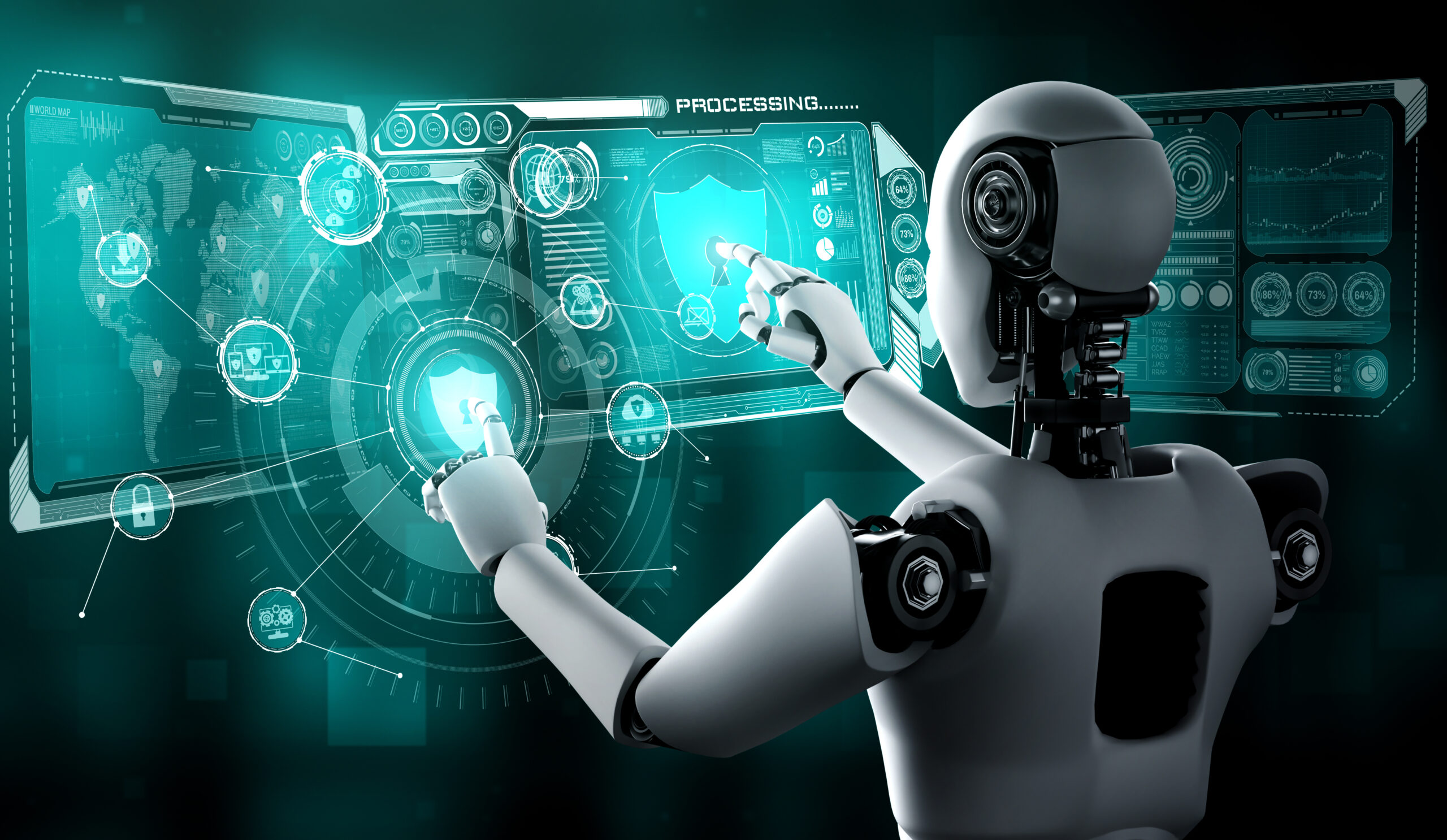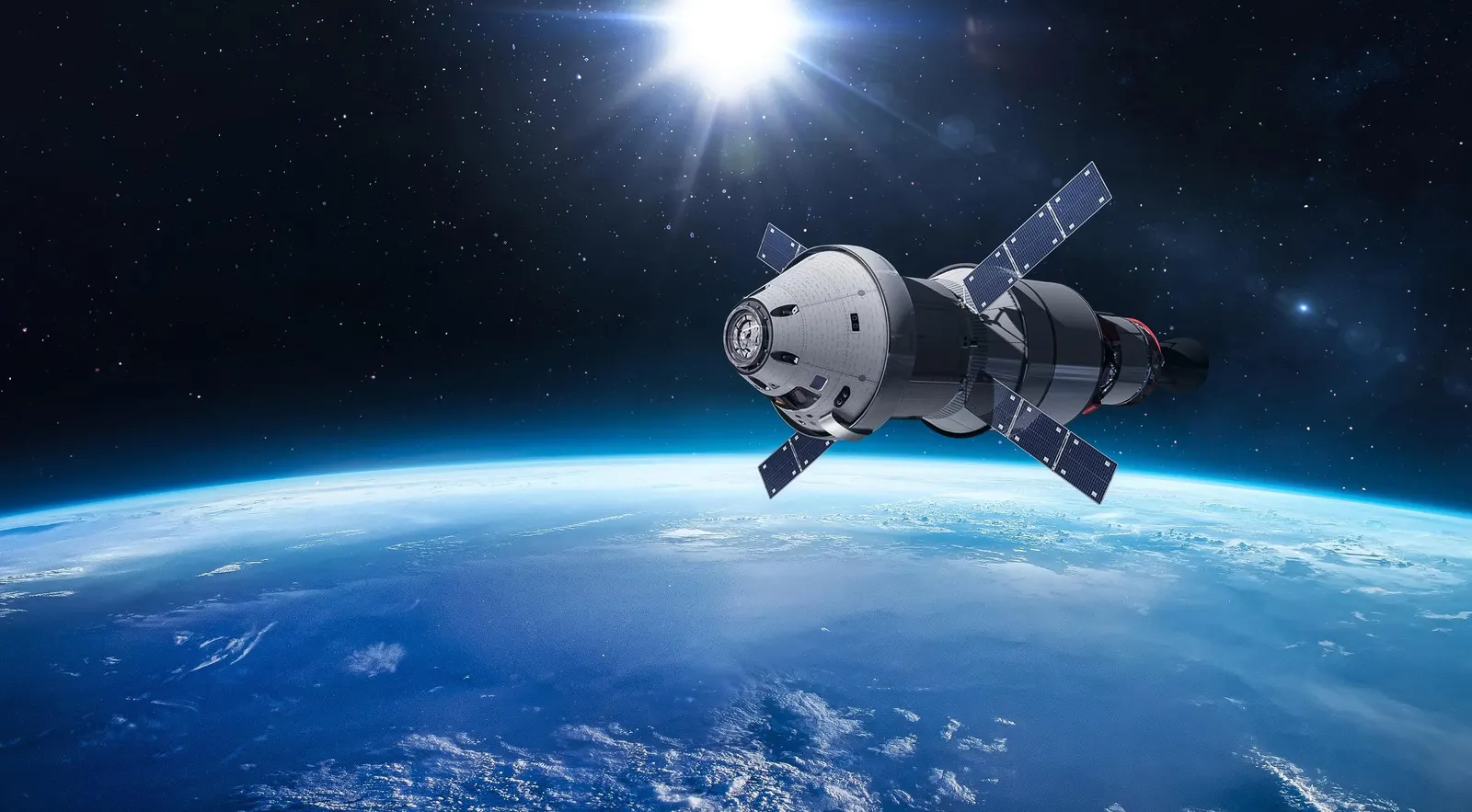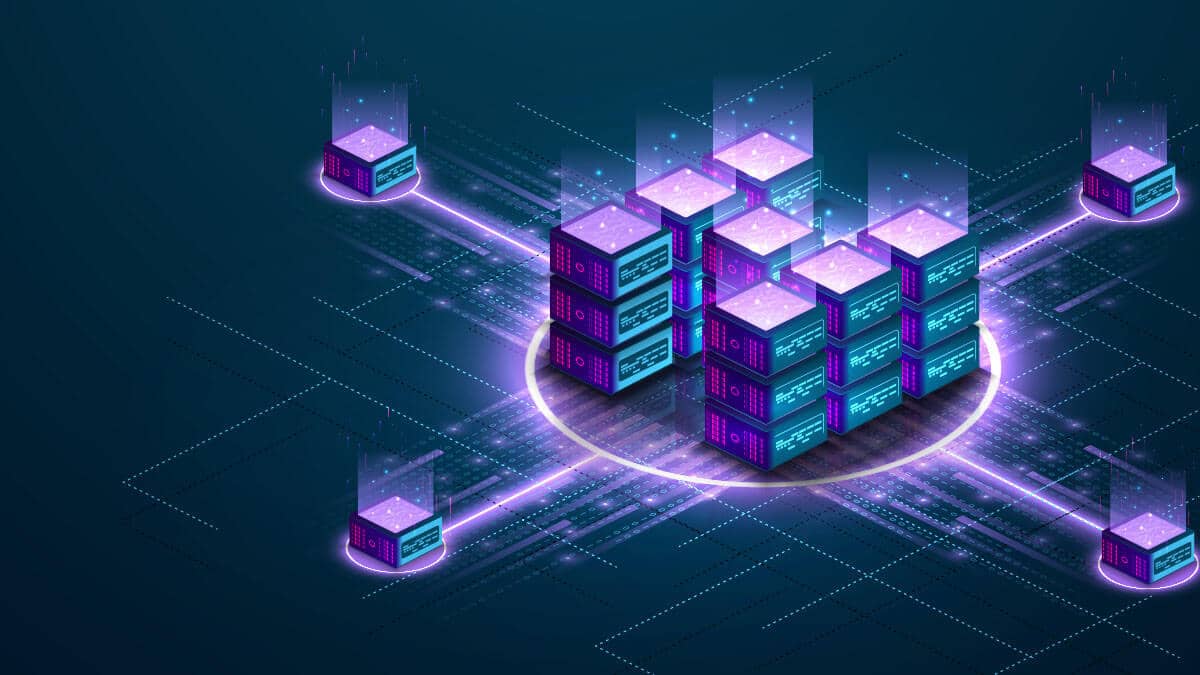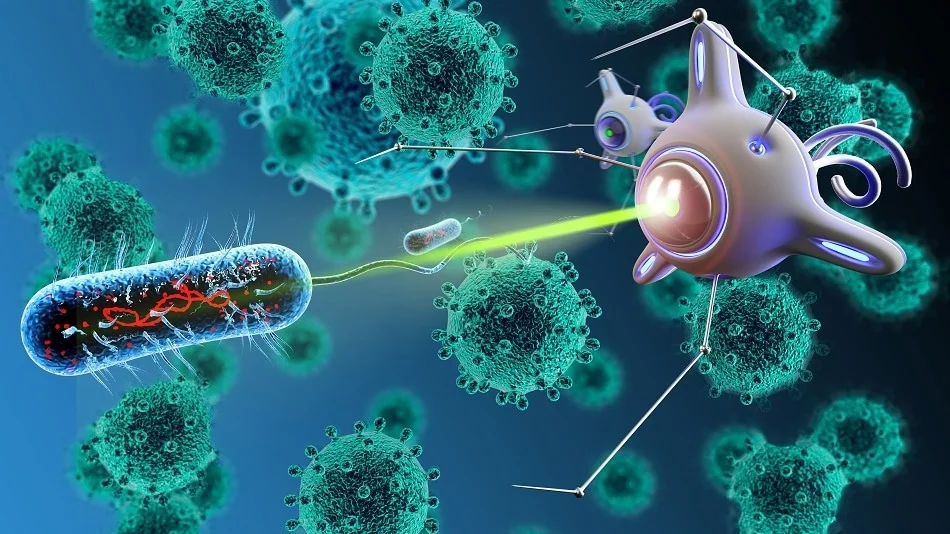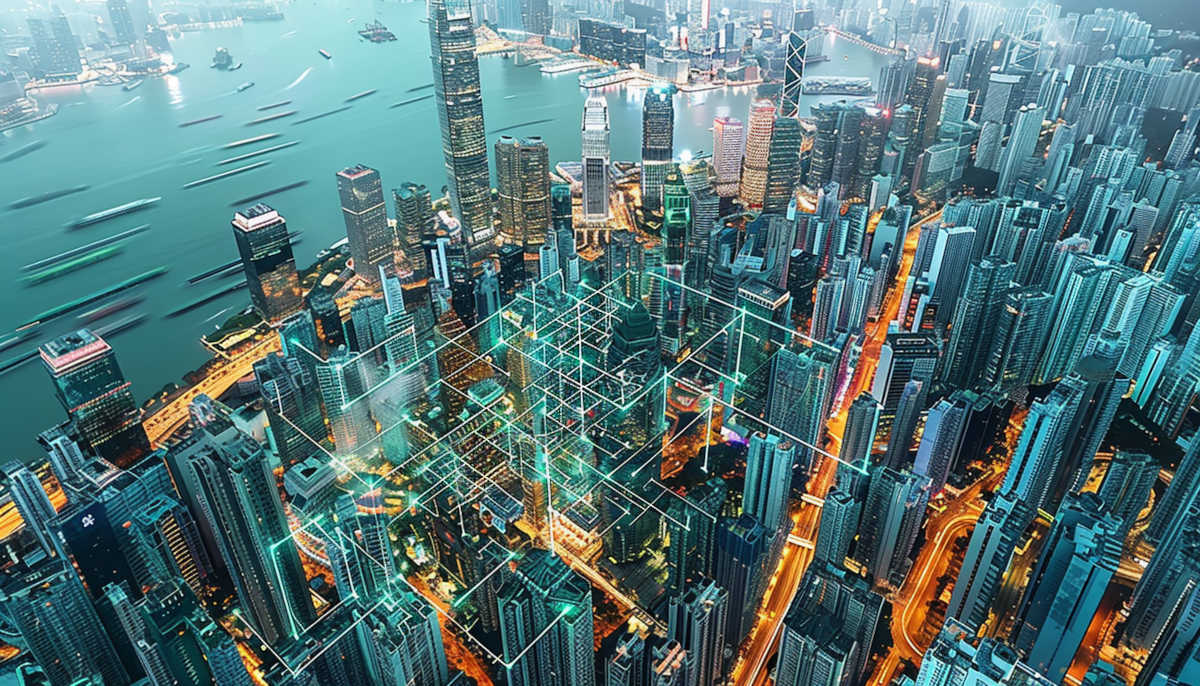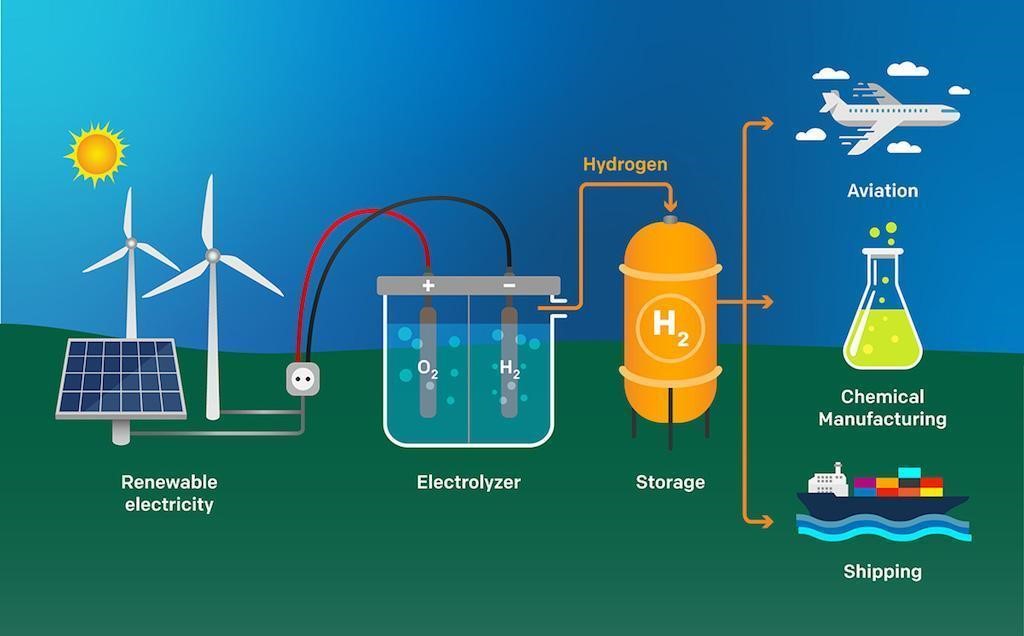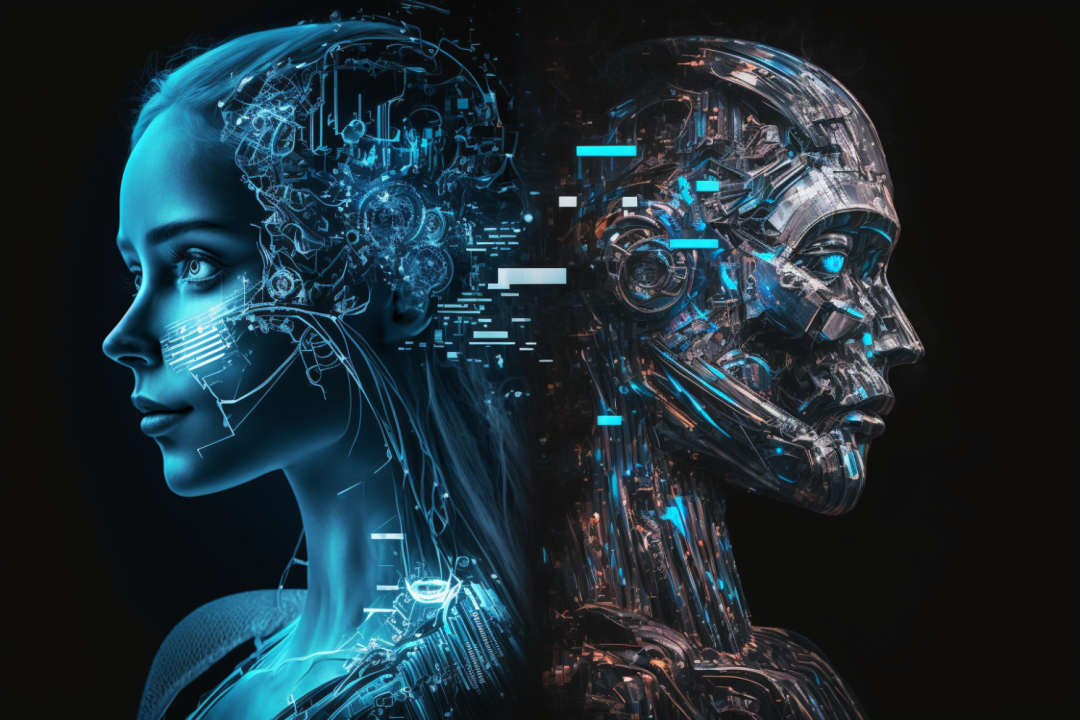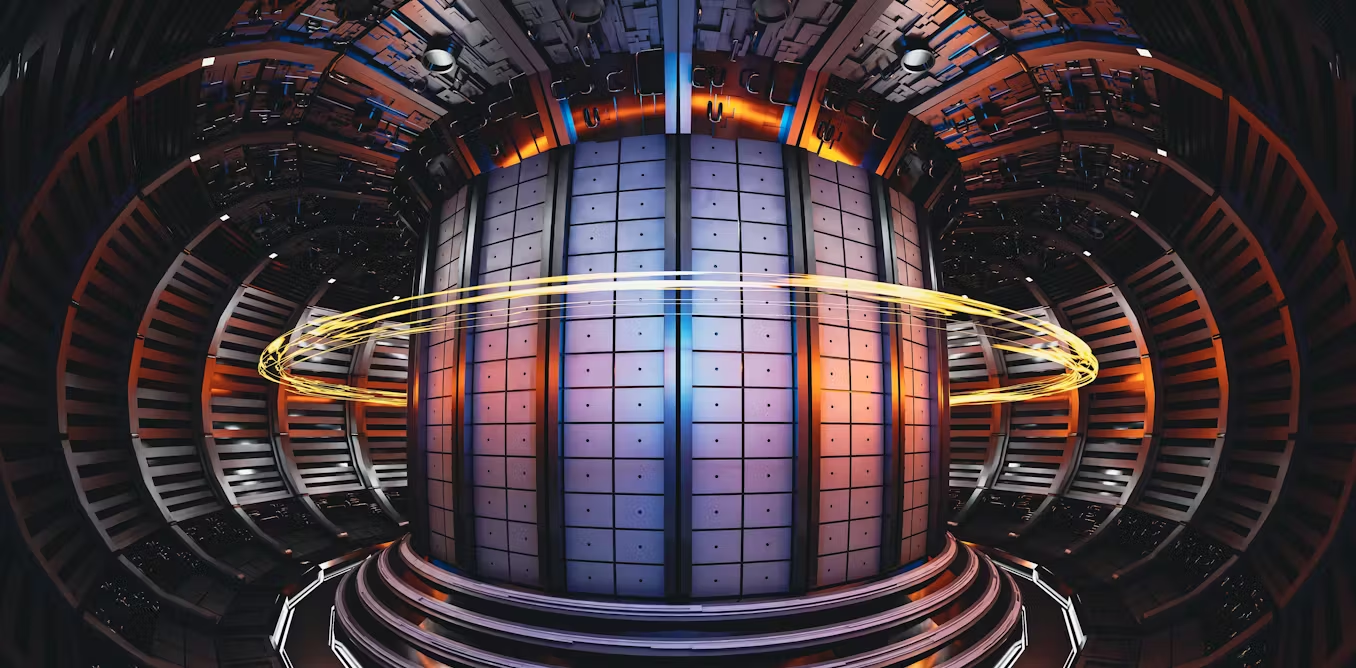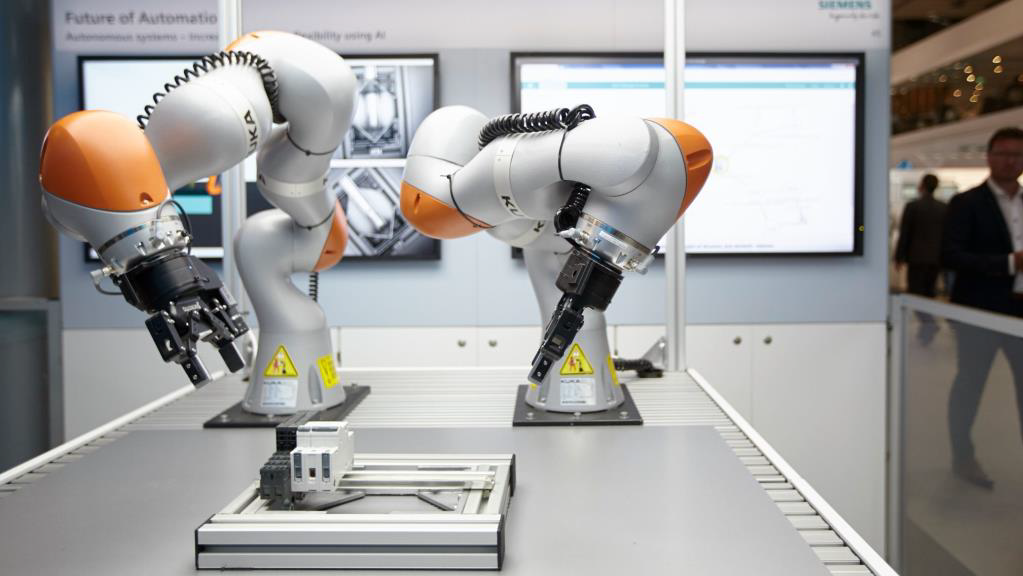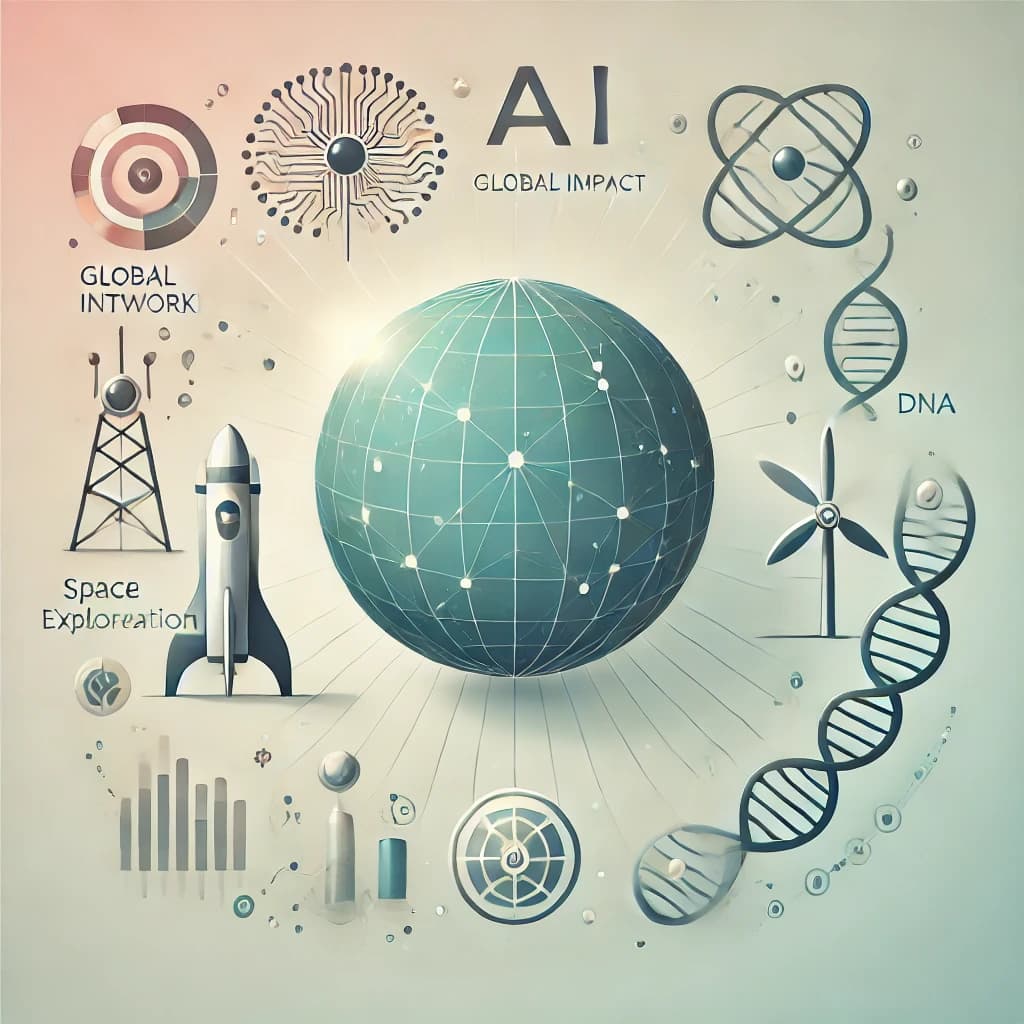
The Future Unfolds: 15 Tech Innovations Shaping Our World
The future is not just something that happens to us, it’s something we shape. In the coming years, a wave of groundbreaking technologies is set to transform nearly every aspect of our lives, from how we work and communicate to how we live and even how we understand ourselves. These innovations are not just incremental improvements; they represent paradigm shifts that could redefine the very fabric of society. Let’s dive into some of the most promising tech features that are on the horizon.
1. Advanced Artificial Intelligence (AI): The Brain Behind the Future
Artificial Intelligence is no longer just a buzzword, it’s becoming the backbone of modern innovation. While AI is already powering things like voice assistants and recommendation algorithms, the next wave of AI will be even more transformative. Think about AI systems that can predict diseases before symptoms appear, or robots that can learn complex tasks on their own. In healthcare, AI is being used to analyze medical images with incredible accuracy, while in finance, it’s helping detect fraud in real-time. The possibilities are endless, and as AI becomes more advanced, it will continue to reshape industries and improve our daily lives.
2. Space Technology and Exploration: The Final Frontier is Closer Than Ever
Space isn’t just for astronauts anymore. Companies like SpaceX and Blue Origin are making space travel more accessible, and governments are planning missions to the Moon and Mars. But it’s not just about exploration, space technology is also improving life on Earth. Satellites are helping us monitor climate change, improve global communication, and even predict natural disasters. In the near future, we might see space-based solar power stations that beam clean energy back to Earth, or even lunar bases that serve as stepping stones for deeper space exploration. The space race is back, and this time, it’s not just about flags, it’s about building a sustainable future.
3. Synthetic Biology: Engineering Life Itself
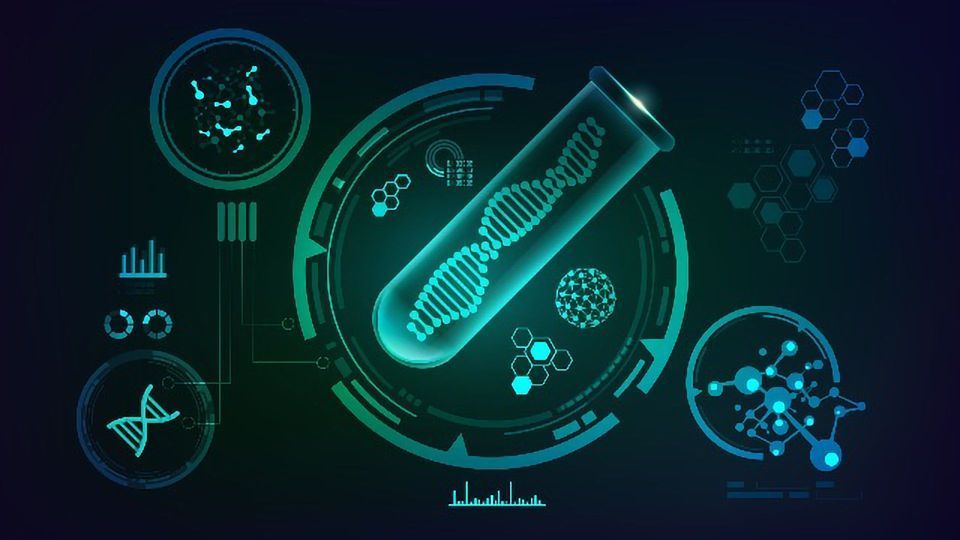
What if we could design living organisms to solve some of humanity’s biggest challenges? That’s the promise of synthetic biology. By editing genes and creating synthetic organisms, scientists are developing new ways to fight diseases, grow more resilient crops, and even produce biofuels. CRISPR, a revolutionary gene-editing tool, is already being used to treat genetic disorders and could one day eliminate diseases like sickle cell anemia. In agriculture, synthetic biology is helping create crops that can withstand droughts and pests, ensuring food security in a changing climate. This technology is like giving nature a software update, and the potential is staggering.
4. Blockchain and Decentralized Technologies: More Than Just Crypto
Blockchain is often associated with cryptocurrencies like Bitcoin, but its applications go far beyond that. At its core, blockchain is a secure, transparent way to record transactions and data. This makes it ideal for things like supply chain management, where it can track products from factory to shelf, ensuring authenticity and reducing fraud. In finance, decentralized finance (DeFi) platforms are challenging traditional banks by offering peer-to-peer lending and borrowing without intermediaries. Blockchain is also being used to create decentralized identity systems, giving individuals control over their personal data. It’s a technology that’s all about trust and transparency, and it’s just getting started.
5. Extended Reality (XR): Blurring the Lines Between Real and Virtual
Extended Reality (XR), which includes Augmented Reality (AR) and Virtual Reality (VR), is moving beyond gaming and entertainment. Imagine putting on a pair of AR glasses and seeing step-by-step instructions for fixing a car engine, or using VR to attend a meeting on the other side of the world as if you were really there. In healthcare, AR is being used to guide surgeons during complex procedures, while VR is helping patients overcome phobias and PTSD. XR is also transforming education, making learning more immersive and interactive. It’s not just about escaping reality, it’s about enhancing it.
6. Nanotechnology: Small Tech, Big Impact
Nanotechnology involves manipulating matter at the atomic and molecular level, and it’s opening up a world of possibilities. In medicine, nanoparticles can deliver drugs directly to cancer cells, minimizing side effects. In electronics, nanomaterials like graphene are making devices faster, smaller, and more energy-efficient. Nanotechnology is also being used to create self-cleaning surfaces, ultra-strong materials, and even nanosensors that can detect pollutants in the environment. It’s like having a superpower at the microscopic level, and it’s changing the way we think about science and engineering.
7. Advanced Materials: Building the Future
From self-healing concrete to ultra-lightweight alloys, advanced materials are revolutionizing industries. Graphene, a material that’s stronger than steel and conducts electricity better than copper, is being used to create faster, more efficient electronics. In construction, new materials are making buildings more durable and energy-efficient. And in energy storage, advanced materials are helping develop batteries that charge faster and last longer. These materials are the building blocks of the future, literally.
8. Genomics and Personalized Medicine: Your DNA, Your Treatment
Genomics is the study of an organism’s complete set of DNA, and it’s paving the way for personalized medicine. By analyzing your genetic makeup, doctors can tailor treatments to your specific needs, making them more effective and reducing side effects. Gene therapy, which involves editing or replacing faulty genes, is already being used to treat conditions like blindness and certain types of cancer. In the future, we might see treatments that can slow down aging or prevent genetic diseases altogether. It’s like having a user manual for your body, and it’s changing the way we think about health.
9. Smart Cities: Urban Living, Reimagined
Smart cities use technology to make urban areas more efficient, sustainable, and livable. Imagine a city where traffic lights adjust in real-time to reduce congestion, or where sensors monitor air quality and automatically alert residents when pollution levels rise. Smart grids can optimize energy use, while autonomous public transport systems can reduce emissions and improve mobility. These cities are designed to be more responsive to the needs of their residents, and they’re the future of urban living.
10. Quantum Cryptography: Unbreakable Security
As quantum computers become more powerful, they could potentially break traditional encryption methods. That’s where quantum cryptography comes in. Using the principles of quantum mechanics, it creates encryption that’s virtually unbreakable. Quantum key distribution (QKD), for example, allows two parties to share a secret key that can’t be intercepted without detection. This technology is crucial for securing sensitive data in a world where cyber threats are becoming increasingly sophisticated.
11. Brain-Computer Interfaces (BCIs): Mind Over Machine
Brain-Computer Interfaces (BCIs) are devices that allow direct communication between the brain and external devices. Imagine controlling your computer or smartphone with just your thoughts, or using a prosthetic limb that feels and moves like a natural one. BCIs are already being used to help people with paralysis communicate and regain mobility. In the future, they could enhance cognitive abilities or even allow us to “upload” knowledge directly to our brains. It’s like something out of a sci-fi movie, but it’s becoming a reality.
12. Green Hydrogen: The Clean Fuel of the Future
Hydrogen is the most abundant element in the universe, and when it’s produced using renewable energy, it’s a clean and versatile fuel. Green hydrogen can be used to power vehicles, generate electricity, and even replace fossil fuels in industrial processes. It’s a key player in the transition to a low-carbon economy, and countries around the world are investing heavily in hydrogen infrastructure. It’s not just a fuel, it’s a pathway to a sustainable future.
13. Digital Twins: A Virtual Mirror of the Real World
A digital twin is a virtual replica of a physical object, system, or process. It’s like having a clone that you can experiment with without any real-world consequences. In manufacturing, digital twins are used to optimize production lines and predict equipment failures. In healthcare, they can simulate surgeries or model the spread of diseases. And in smart cities, they can help planners design more efficient infrastructure. It’s a powerful tool for innovation, and it’s changing the way we solve problems.
14. Fusion Energy: The Holy Grail of Clean Power
Fusion energy, the process that powers the sun, has long been considered the holy grail of clean energy. Unlike nuclear fission, which produces radioactive waste, fusion is clean and virtually limitless. While it’s still in the experimental stage, recent breakthroughs have brought us closer to making fusion a reality. If successful, it could provide a nearly endless supply of energy without the environmental impact of fossil fuels. It’s a game-changer for the energy industry, and for the planet.
15. Advanced Robotics and Automation: The Rise of the Machines
Robots are no longer confined to factory floors. Today, they’re assisting in surgeries, exploring the depths of the ocean, and even delivering packages. Collaborative robots, or cobots, are designed to work alongside humans, making tasks easier and safer. In healthcare, robots are helping with rehabilitation and elderly care. And in agriculture, they’re automating tasks like planting and harvesting. As robotics technology advances, we’ll see even more applications, and they’ll become an integral part of our lives.
Conclusion: The Future is Now
The technologies we’ve explored are not just the stuff of science fiction, they are real, and they are coming. Each one has the potential to shape the world in profound ways, from how we live and work to how we interact with each other and the planet. As we stand on the brink of this new era, it’s important to remember that while these technologies offer incredible opportunities, they also come with challenges and responsibilities.
The future is not predetermined, it’s something we create. By understanding these technologies and their potential impacts, we can work towards a future that is not only technologically advanced but also just, sustainable, and equitable. The journey ahead is full of excitement, but it’s also a call to action. Let’s embrace the future with open minds and hearts, and shape a world that reflects our highest aspirations.
